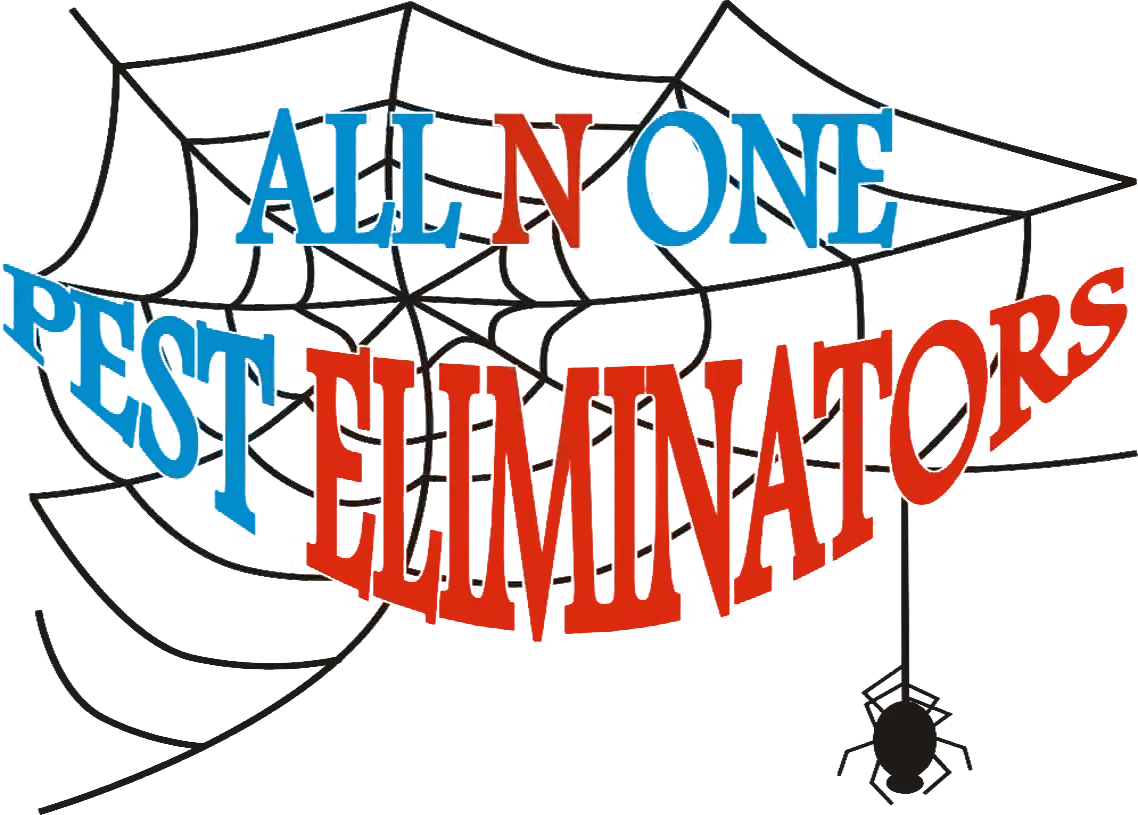Skunk Removal in Antioch, CA
Are skunks invading your property, causing damage and leaving behind unpleasant odors? All N One Pest Eliminators's expert skunk removal service is here to solve your wildlife problems quickly and effectively. Our proven strategy eliminates skunk infestations and prevents future invasions, protecting your home and family.
- Humane trapping and removal of skunks from your property.
- Identification and sealing of entry points to prevent re-entry.
- Habitat modification to make your property less attractive to skunks.
- Preventative measures to protect against future wildlife invasions.
Your local team understands the unique challenges of our suburban and rural landscapes. We provide fast, reliable service to ensure your property remains skunk-free, giving you peace of mind and protecting your investment. Don't let skunk problems escalate – contact All N One Pest Eliminators today for a free inspection and customized solution.
Skunk Control and Relocation
Dealing with a skunk on your property can be more than just a nuisance—it can lead to foul odors, property damage, and potential health risks for your family and pets. Skunks are known to burrow under decks, sheds, and crawl spaces, creating long-term problems if not handled properly. At All N One Pest Eliminators, we provide prompt, professional, and humane skunk removal services, ensuring your home remains safe and skunk-free.
Our comprehensive skunk removal service includes:
- Thorough property inspection within 24 hours of your call.
- Customized treatment plans using humane and environmentally friendly methods.
- Strategic placement of cage traps to capture skunks safely.
- Regular monitoring and removal of trapped animals.
- Identification and sealing of entry points to prevent future invasions.
Exclusion and Prevention
We don’t just remove skunks—we take proactive steps to protect your home against future intrusions so you won’t have to deal with repeat issues.
- Secure sealing of potential entry points around decks, porches, and crawl spaces.
- Expert advice on habitat modification to make your property less attractive to wildlife.
- Ongoing support to ensure long-term protection.
Trust All N One Pest Eliminators to protect your home and family from skunk-related issues. Our experienced technicians provide fast, reliable, and guaranteed results, giving you back control of your property.

Areas We Service in Northern California
All N One Pest Eliminators proudly serves customers in Northern California. Our experienced technicians are capable of providing safe and effective pest control services to any location in our service area. Our service area includes the following:





